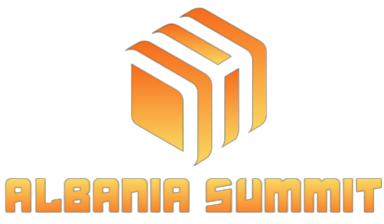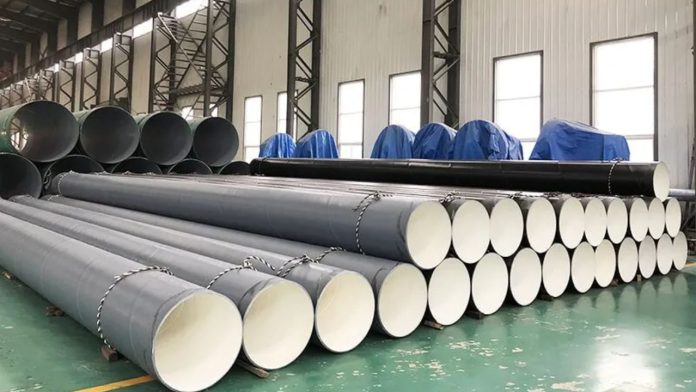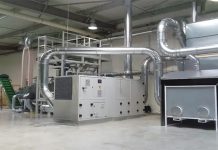Accuracy matters a lot in the piping system world. Be it transportation of fluids and gases, or the strength of structural parts, the right pipe schedule keeps everything safe, behaves, and lasts longer. ASTM is one of the most quoted standards in the field Astm Standards Pipe Size Pdf, especially schedules 40 and 80. PandaPipe can share experience since it has more than 20 years of experience as one of the primary producers of such plastic charts in the world, which helps clarify the principles of reading these charts and using them in practice.
What Is a Pipe Schedule and Why Does It Matter
The wall thickness of a pipe is called a pipe schedule and is rated by standard numbers, e.g., 40 or 80. Whereas the outer diameter of a pipe is not changed between different schedules, the piping schedule also has a higher wall thickness, hence influencing the inner diameter and the available pressure capacity. The most common are schedule 40 and schedule 80, which are usually utilized in various industries per their pressure necessities and the intensity of the material.
Commonly used in general-purpose applications where moderate pressure and mechanical strength are adequate, schedule 40 pipes are of general-purpose utilization. Schedule 80 pipes are, however, thicker; thus, their use would be in high-pressure areas or in situations that need greater strength. The selection of the appropriate schedule is important as the lack of specifications may result in the weakening of the structure, failure under pressure, and even safety concerns.
ASTM Standards and Their Importance
Of international repute, ASTM (American Society for Testing and Materials) standards seek to establish the material properties of materials and products to be used in the manufacturing of materials, one of them being pipes. The modification of the schedule 40 or 80 pipe design, the ASTM specifications like A53, A106, and A795, will help the manufacturer and the user build a mechanical and chemical assurance of the product.
Measurements That Matter
The ASTM 40/80 chart is of great assistance as it provides a discussion of the nominal pipe size (NPS), outside diameter (OD), the wall thickness, as well as the internal diameter (ID) of each schedule. Considering the example of a 2-inch Schedule 40 pipe, the wall thickness is about 0.154 inches as compared to 0.218 inches in the same 2-inch Schedule 80 pipe. This distinction has a direct influence on the internal pressure capacity of the pipe.
PandaPipe also makes downloadable pipe schedule charts as PDFs so that users can access the important measurements with ease. The charts assist engineers and procurement teams in choosing the appropriate dimension of pipes for their application, with minimum errors, and they also abide by the project specifications.
PandaPipe’s Manufacturing Precision and Quality Assurance
Its dedicated manufacturing lines produce ERW (Electric Resistance Welded), SMLS (Seamless), SSAW (Spiral Submerged Arc Welded), and LSAW (Longitudinally Submerged Arc Welded) pipes to provide a wide array of products in Schedule 40 and Schedule 80, and a large range of assortments to outfit equipment. All the pipes are tested rigorously, and they are tested in terms of chemical composition, hydrostatic, and non-destructive evaluation tests to meet the requirements of ASTM and other global standards.
PandaPipe has an in-house lab that is critical in quality control because it tests the integrity of materials to make sure that the fabrication is effective when placed under pressure and adverse environmental conditions. They are certified with many certifications (such as API 5L, API 5CT, UL, and FM approvals), which are references to the fact that the company strives to follow international quality requirements.
Applications Across Industries
ASTM 40 and 80 specification pipes are extensively used in many industries such as the oil and gas industry, the construction industry, the chemical industry, and the fire protection industry. Schedule 40 has been used to describe the residential and light commercial plumbing applications, whereas Schedule 80 is used to describe the industrial fluid supply of plumbing applications and pressurized steam pipe applications. The flexibility to manufacture both schedules of pipes can be done in a variety of materials and coatings, such as galvanized, 3LPE, FBE, and pre-galvanized.
Conclusion
Learning how to manipulate pipe schedules is not so much a skill in knowing the numbers, but it is the ability to understand how those numbers translate into safe, efficient, and expected-to-last systems. With tested production processes and downloadable tools combined with comprehensive ASTM 40/80 charts, PandaPipe gives the engineers, project managers, and procurement professionals the clarity they require. Using the model of guidance and high-quality manufacturing provided by PandaPipe, each of the pipes would be a dependable element of the greater system of industrial excellence.









